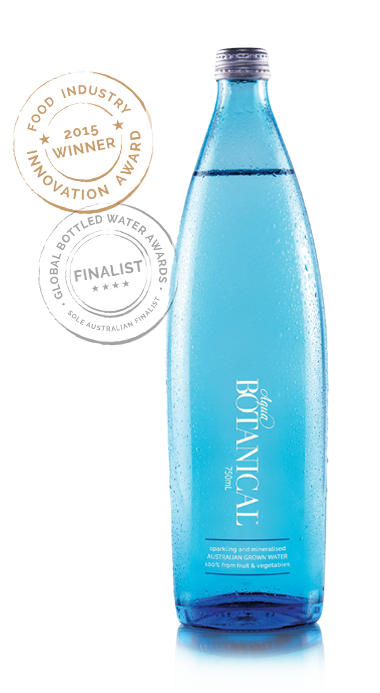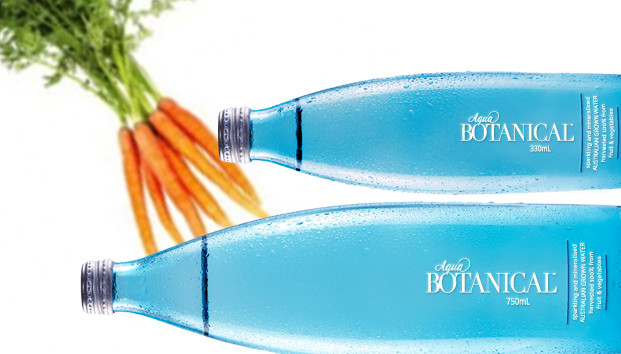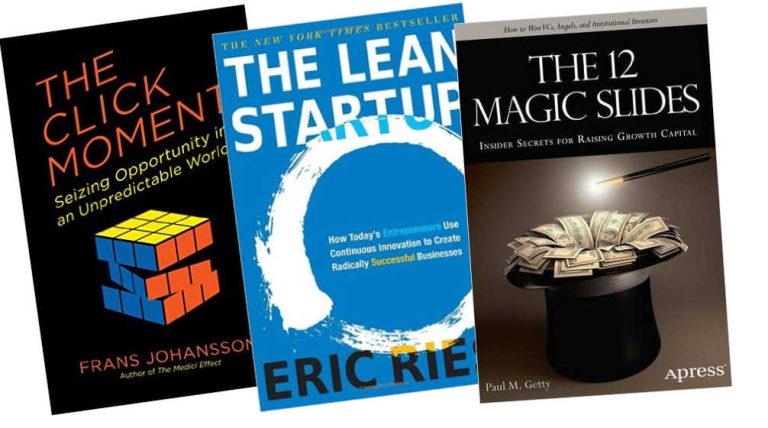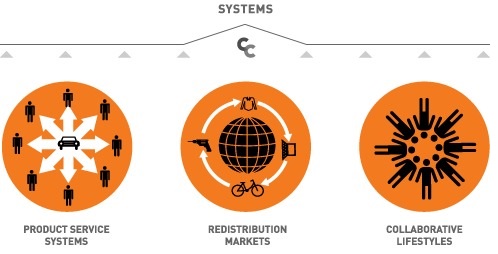Water > Carrots > Water
“A watery by-product of fruit and vegetable processing, which used to end up in the sewerage system, is now being served at restaurants as premium drinking water.”
Yes, this article is about bottled water – but it’s also about a fundamental shift in how entrepreneurs are thinking differently and turning “waste” back in to high-value resources. You may not value the product – but the process, the technology and especially its potential for delivering radical resource productivity in the future are well worth understanding.
Finding unrecognised value in industry “waste” is a key principle of regenerative business. Water in particular is a scarce resource, so recovering a substantial proportion of the wat er used in agriculture and upcycling it into a value-add product is seriously creative thinking.
er used in agriculture and upcycling it into a value-add product is seriously creative thinking.
Mildura inventor Dr Bruce Kambouris has developed and patented the technology to turn the fluid byproduct of producing juice concentrates into high-value drinking water.
The food processors he collaborates with win too, as he uses something they had to pay to get rid of (waste water). He’s currently using the byproducts from making carrot juice and grape juice concentrates to make bottled water and stock feed.
Cross-Industry Innovation
A classic way to find new products and services is to scan adjacent industries for their technologies. In this case, adapting wine industry processes to recovering and filtering the “waste” water, removing the sugars, tannins and strong aromas. The product won the 2015 Food Industry Innovation Award from the Australian Institute of Food Science and Technology.
Sources of innovation
Strategies for finding new products, better processes and new market that are “hiding in plain sight” include:
- Scanning across alternative industries – where are there products or processes that have different functions and forms but the same purpose?
- Exploring into strategic groups within industries – what are the different strategies withing the key price/performance categories and why do customers trade up or down?
- Understand the chain of buyers – what are the different drivers between the purchasers of a product, the users of the product and influencers of the purchase process?
- Investigate complementary products and services – what “goes with” what you offer to enable and enrich the product experience?
- Identify the functional and emotional appeal of your offer – what are the rational and non-rational elements?
- Look across time – what different value might you be able to deliver tomorrow, given the trends that are showing up today?
Value-finding is a key way of creating new products and whole new markets . It’s increasingly becoming an understood process instead of “luck”. See Blue Ocean Strategy for more creative strategies for business innovation.
 Is your business is paying someone to take a waste away? If so, start exploring for alternatives.
Is your business is paying someone to take a waste away? If so, start exploring for alternatives.
Find out more about AquaBotanical’s Australian-grown water from ABC Landline here or visit the website here.







